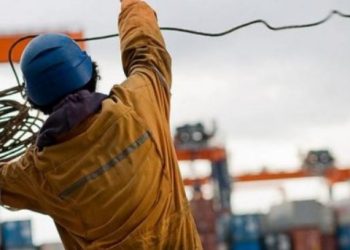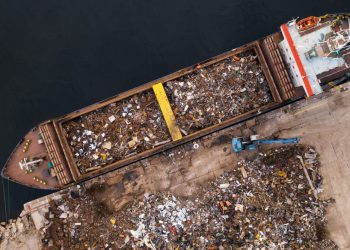Following a recent announcement that China would implement stricter measures to reduce air pollution around its coastlines starting from early 2019, Wood Mackenzie energy consultancy said that this is a clear sign the world’s second biggest economy will strive for 100% compliance ahead the 2020 sulphur cap.
Namely, on 9 July, China’s Ministry of Transport announced it would extend its emission control areas (ECAs) to include the country’s entire coastline from 2019. Within China’s ECAs, ships can burn fuel with a sulphur content up to 0.5%, which is in line with the IMO’s global sulphur cap entering into force from January 2020.
The plan will expand to cities in the Fenwei plain in Shanxi, Shaanxi and Henan provinces, where air pollution is getting worse.
China’s stricter policies for marine fuel specifications will undoubtedly play an important part in meeting the IMO global sulphur cap,
…said Wood Mackenzie consultant, Yujiao Lei.
Questions around how the IMO will ensure compliance have given rise to uncertainty, but with China’s role in the world’s shipping market, “the new regulations could be significant,” noted Mr. Yujiao Lei.
In addition, there will be more upside for diesel demand from China’s coastal areas later in 2020, when the sulphur cap takes effect, added Mr. Lei.
By generating diesel demand, he explained, the Chinese government is not only creating a bunkering industry but also providing a solution for its refining industry’s diesel surplus.
Additional marine fuel demand in China to meet IMO regulations will also put the country very close to Singapore in terms of total marine fuel demand.































































